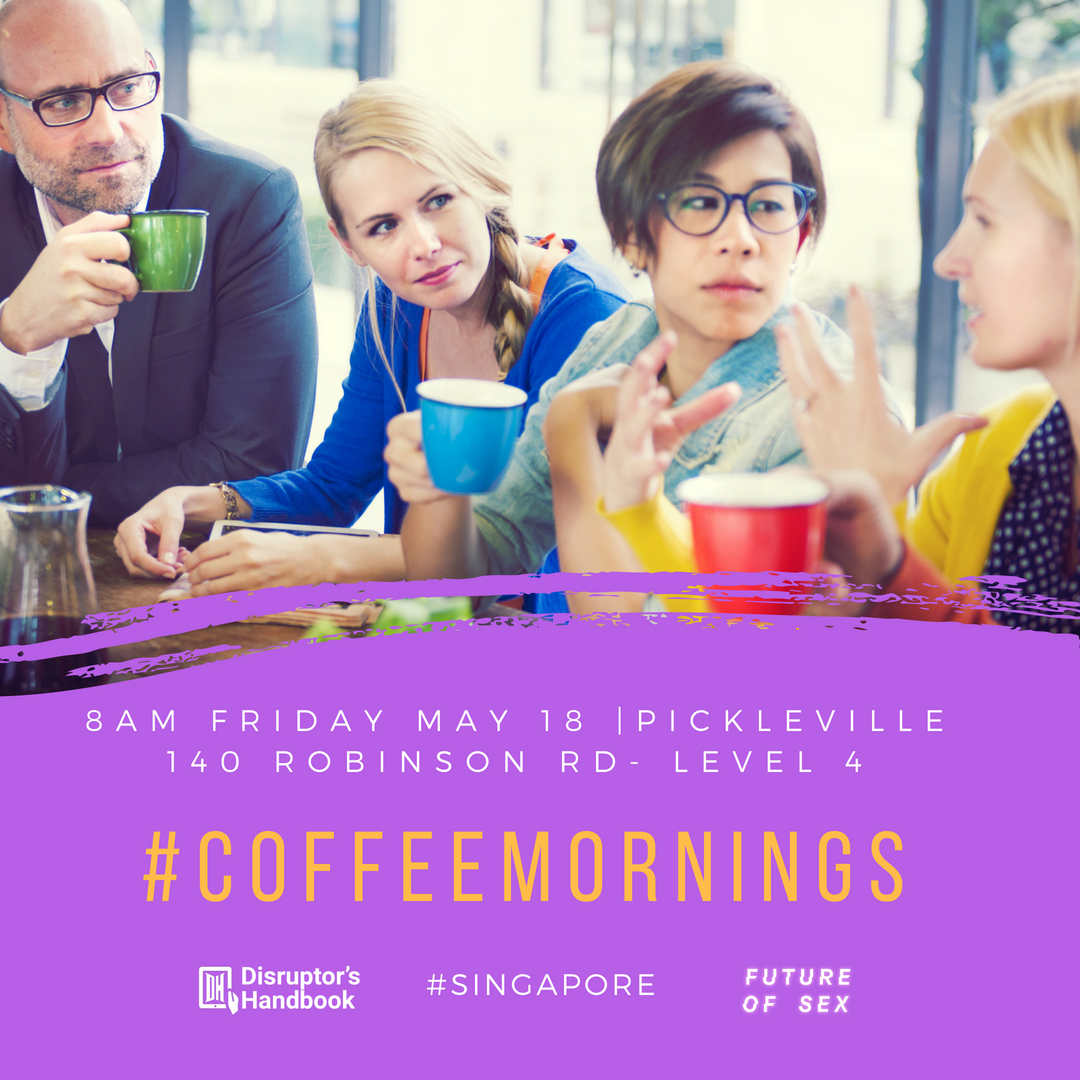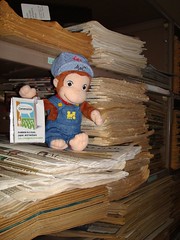Today is Quit Facebook Day – and I am in two minds. On the one hand, Facebook has been great, I have been able to easily connect to people all over the world, keeping in touch with their daily updates, their photos, the changes in their lives and the things they are reading, watching and thinking about. And it is not that I can’t do this in other ways, it’s that Facebook made it so easy for me (and for them).
But on the other hand, I have been a marketer and a technologist for over 20 years, and when I look at Facebook, I see a goldmine. I can see millions of people logging on, interacting, sharing their interests, their behaviours, their likes and dislikes not just with their “networks” but also with Facebook. And maybe even with Facebook’s partners. It is this latter form of sharing that concerns me.
The Age of unPrivacy
Anyone you speak with will have a view of privacy. Governments create legislation to enforce minimum standards on businesses, individuals join “do not call registers” to maintain some distance from brands and marketers and all the while, commentators announce the “death of privacy”.
Clearly as we shift more of our behaviour to the web, it becomes searchable – the great Google web spiders reaching out and collating the minutiae of our lives like the all-seeing eye of Sauron. If the Devil is in the details, then the scattered breadcrumbs of our online lives provide more than just a glimpse into our behaviours – they can be aggregated into patterns, codified and predicted.
This is even more pronounced in the walled garden of Facebook where our tastes and interests can be fed back to us – by Facebook ads, recommendations and suggestions. Take a look for yourself – create your own Facebook ad and you’ll see how minutely targeted your personal advertising campaign can be.
What Facebook are doing is pushing its members to allow ever more public access to our private information. It is doing so, not out of some grander view of the shifting nature of “privacy” as CEO Mark Zuckerberg would have us believe – there is real money to be made. As Chris Saad points out:
Most of Facebook's very mainstream users, however, still just want a private place to keep up with their friends and family. In short, the economic interests of the service are not in line with the interests of its users. Despite this, Facebook has been forced to smashed big cracks in its privacy blanket and started forcing its users, en mass, to adopt more transparent and public online personas.
Forrester analyst, Josh Bernoff suggests that Zuckerberg may well be right – that privacy isn’t a cultural norm anymore. But my view is that those active in their concern over these changes at Facebook are well ahead of the mainstream – that the issues presented won’t impact the early technology adopters in a significant way (after all, the Reclaim Privacy site has been doing a roaring trade for weeks). It’s the other 99% of Facebook’s 500 million members who are either confused by the changes, unaware of what the impact will be or simply don’t engage with these types of issues.
The Bait and Switch
At the end of Simon Mainwaring’s article on this subject he asks the question – “do you believe Facebook is to blame for a bait and switch?”. To that, I’d say yes. What was on offer has now materially changed.
For most of us, joining Facebook meant entering a social compact – we’d share the content, context and contacts of our lives – and we’d do so using Facebook’s social networking platform. We’d be able to control who had access to what we share and Facebook could monetize this in ways that worked in good faith. Accordingly, we (the public) joined en-masse. We tagged ourselves. We made Facebook the #1 photo sharing site on the web. We made it the largest social network in the world. And we helped it to transform from a bit player in the crowded social networking space to it’s leader.
Changing this compact now is difficult – and has not been communicated well. Rather than being transparent about their intentions, Facebook have opted to spin the changes, suggesting that the world has changed and that Facebook is moving to accommodate this.
As Bruce Nussbaum suggests, Facebook’s challenge is not to do with the purchase or products or services, but the exchange of value in what has become a cultural product.
Ownership in the social media world of networks is different from selling products and services in the traditional marketplace. Understanding the underlying cultural context of "free," "gift," and "creation" is important to businesses, including and perhaps especially high tech companies. It is not impossible to monetize that which is free. Apple did that with 99 cent songs on iTunes. But it is difficult.
I am always amazed to see that social networking sites such as Facebook (and to a lesser extent, Twitter) undervalue or misunderstand the importance of trust and transparency in the prosecution of their businesses. The TRUST that once existed between Facebook and at least some members of its user base has been seriously damaged in recent weeks – and the Quit Facebook Day is yet another milestone that will be marked.
So, Will You Delete Your Account?
I have a feeling that the Quit Facebook Day will come and go without a great deal of impact. At least initially. But for me, it is a turning point. It is the day on which Facebook reached its zenith – and from here the long, slow slide from prominence will begin. It happened with MySpace (which of course is still around). It happened with Friendster. And it will also happen with Facebook.
And now, I am off to delete my account. It will be replaced with a business account to manage aspects of my work – but the connections, the flavour and the personality will disappear. It’s time to find a new way to share.



